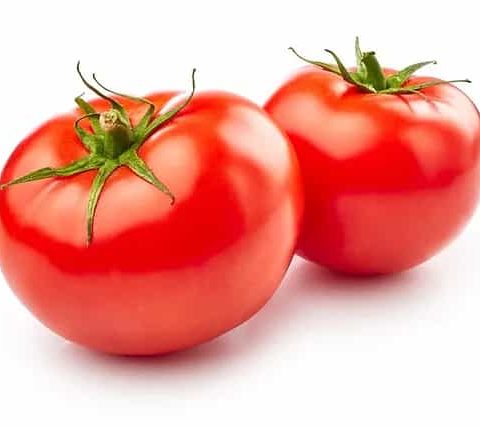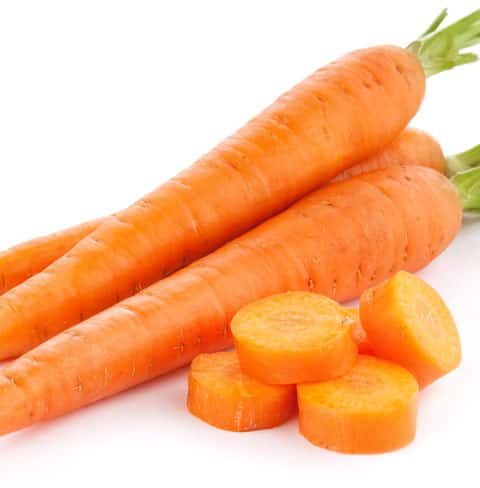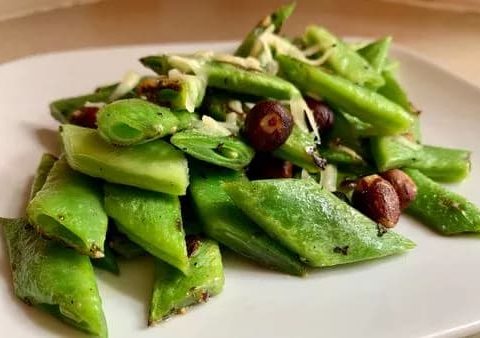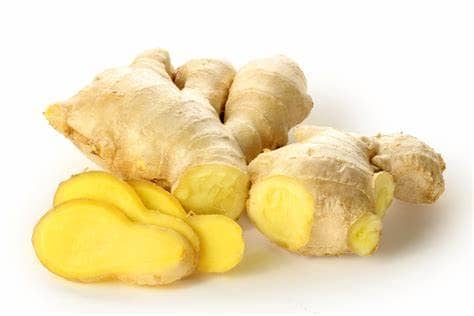Leek is a vegetable that belongs to the same family as onion, garlic, and chives. It has a long, white stem and green leaves that fan out at the top. Leek has a mild, sweet, and slightly spicy flavor that can enhance many dishes. Leek is also nutritious and offers various health benefits, such as improving digestion, immunity, blood pressure, and bone health.
In this article, I will discuss how to prepare leek, how to cook leek, the benefits of leek, and how to store leek.
How to Prepare Leek
Leek can be eaten raw or cooked in various ways. To prepare leek, you need to wash it well under cold water and remove any dirt or sand from between the layers. You can peel off the outer layer if it is tough or damaged. You can also trim off the root end and the dark green part of the leaves, which are usually too fibrous to eat.
Leek can be cut into slices, rings, strips, or any shape you like. You can also chop it finely or coarsely for different recipes. Leek tends to lose its color and flavor when cooked for too long, so you may want to cook it briefly or add it towards the end of the cooking process.
How to Cook Leek
Leek is versatile and can be cooked in many ways.
Here are some of the most common methods:
- Sauteing: Sauteing leek makes it soft and tender and brings out its natural sweetness. To saute leek, heat some oil or butter in a large skillet over medium-high heat and add the leek slices or strips. Cook them for about 15 minutes, stirring occasionally, until they are golden and caramelized. Season them with salt, pepper, herbs, or spices as you like.
- Boiling: Boiling leek makes it soft and easy to puree or blend. To boil leek, cut it into chunks and place it in a pot of salted water. Bring the water to a boil and cook the leek for about 10 minutes, or until it is fork-tender. Drain the water and return the leek to the pot.
- Pureeing: Pureeing leek creates a smooth and creamy texture that can be used as a soup base or a sauce. To puree leek, boil it as described above and then puree it with a blender, a food processor, or an immersion blender. You can also add some cream, cheese, yogurt, or any other ingredients you like to enhance the flavor and richness of the puree.
- Roasting: Roasting leek brings out its natural sweetness and caramelization and makes it slightly crisp on the outside and soft on the inside. To roast leek, toss it with some oil, salt, pepper, and any herbs or spices you like. Spread it in a single layer on a baking sheet and roast it in a preheated oven at 425°F (218°C) for 20 to 25 minutes, turning once halfway through, until it is browned and tender.
- Baking: Baking leek makes it soft and moist on the inside and slightly crisp on the outside. To bake leek, cut it into wedges or chunks and place it in a baking dish. Dot it with some butter and add some water to the dish. Sprinkle some salt, pepper, herbs, or spices over the leek and bake it in a preheated oven at 375°F (190°C) for 45 minutes to an hour, or until it is cooked through.
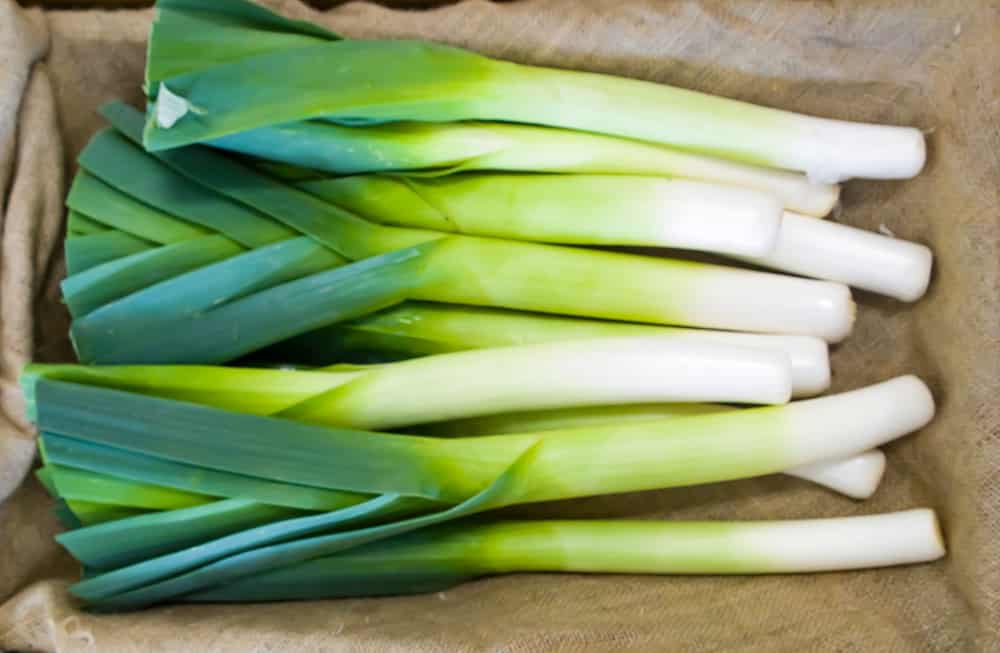
Benefits of Leek
Leek has many benefits for your health and well-being.
Here are some of them:
- They are high in fiber: Leeks are a great source of both soluble and insoluble fiber, which can help improve your digestion prevent constipation, lower your cholesterol, and regulate your blood sugar. Fiber also feeds the beneficial bacteria in your gut, which can boost your immunity and mood.
- They are rich in antioxidants: Leeks contain various antioxidants, such as vitamin C, vitamin E, polyphenols, and flavonoids, that can help protect your cells from oxidative stress and inflammation. Antioxidants can also prevent or reduce the risk of chronic diseases, such as cancer, diabetes, and heart disease.
- They are good for your bones: Leeks are a good source of vitamin K, which is essential for bone health and blood clotting. Vitamin K helps your body use calcium and prevents bone loss and fractures. Leeks also contain some calcium, magnesium, and phosphorus, which are important minerals for bone strength and density.
- They are good for your brain: Leeks are a good source of folate, which is a B vitamin that is involved in DNA synthesis and repair, cell division, and brain function. Folate can help prevent birth defects, anemia, depression, and cognitive decline. Leeks also contain some thiamine and vitamin B6, which are also important for brain health and energy production.
- They are good for your eyes: Leeks are a good source of vitamin C, which is an antioxidant that can help protect your eyes from damage caused by UV rays, pollution, and blue light. Vitamin C can also help prevent or delay cataracts and age-related macular degeneration. Leeks also contain some beta-carotene, which is a precursor of vitamin A, another essential nutrient for eye health and vision.
How to Store Leeks
Leeks can last for a long time if stored properly.
Here are some tips on how to store leeks:
- In the fridge: You can store leeks in the fridge for up to two weeks. Wrap them loosely in a paper towel or a plastic bag and keep them in the vegetable crisper drawer of your fridge. Do not wash them until you are ready to use them.
- In the freezer: You can freeze leeks for up to six months. Cut them into slices or rings and blanch them in boiling water for a few minutes. Drain them well and let them cool completely. Spread them on a baking sheet and freeze them until firm. Transfer them to a freezer bag or a container and label them with the date.
- In the pantry: You can store leeks in a cool, dark, and dry place for up to two months. Make sure they are clean and dry and place them in a mesh bag or a cardboard box with some holes. Keep them away from heat sources and other fruits or vegetables that may emit ethylene gas, such as apples or pears.
Top Leek Recipes to Try
- Mary Berry Ham And Leek Pie Recipe
- Hairy Bikers Leek and Potato Soup Recipe
- Mary Berry Leek and Potato Soup
- Hairy Bikers Leek and Potato Soup
- Chicken and Leek Pie Jamie Oliver
Sources:



